A Victorian Home is Reimagined for Contemporary Living
February 17, 2025
A modern addition changes a family’s relationship with a classic Victorian house and its landscape.
Text by Gail Ravgiala Photography by Nat Rea


A Historic Home Reimagined for Modern Living
The Covid-19 pandemic changed many an attitude toward home and everyday life. For husband-and-wife empty nesters, who had raised a family in an 1840s Victorian house that has all the architectural flourishes of that genre, it awakened a yearning for something new—very new.
“During Covid, their four adult children came home with partners and friends,” says William Ruhl, principal at the architectural firm Ruhl | Jahnes, who worked closely with the owners to design a striking modern addition to the rear of their historic house in a Boston suburb. “The husband is a talented cook,” says Ruhl, and the prospect that family gatherings would continue post-pandemic prompted him to replace the small, dark 1970s kitchen with a chef’s dream space.
He and his wife were looking for an open plan that would include a family room, dining area, and new entry and mudroom. Key to realizing Ruhl’s minimalist design are the ten-foot-high glass panels made by Panoramah!, a Portuguese manufacturer of structural glazing. Finished with zinc siding and a flat copper roof, the addition is distinct from the peaked gables and stained glass of the existing house, while it creates a harmonious connection to the handsome expanded patio and garden.
A Thoughtful Expansion with Seamless Transitions
“This was an introduction to a new lifestyle,” says interior designer Stephanie King, who worked with the homeowners on furnishings inside and out.
The renovated space measures just 260 square feet but delivers a lot of newfound living capacity thanks to the thoughtful layout and the judicious inclusion of built-in storage. As part of the project, the team redesigned and expanded a home office/studio above the kitchen and updated the primary suite in the original Victorian.
Not only do the clean lines of modern design stand in contrast to the embellishments of Victoriana, but each mode requires a particular kind of craftsmanship. “We as a company do very well with this,” says Amanda Gross, project manager for Sea-Dar Construction, who did the renovation. “We like preserving historical elements, and we have a lot of experience in places like Beacon Hill integrating old and new.”
Balancing Historic and Contemporary Elements
King used form, color, and texture to bring an inviting comfort level that is in accord with the welcoming interiors of the existing home. “The new area is clearly its own space,” says King, “but while the design languages are different, the message is seamless.”
Now, the main entrance to the house is through the new mudroom, outfitted with game-changing custom storage to contain footwear, coats, and gear. The mudroom’s flooring is granite, which continues into the dining area as well as the outdoor walkway and patio, emphasizing the indoor/outdoor connection.
Jen Stephens, principal at Matthew Cunningham Landscape Design, oversaw the garden and patio design. The clear path from the distinguished nineteenth-century porte cochere to the new entry is defined by fencing on one side, the Victorian facade on the other, and the modern addition ahead.
“The challenge was to make the Victorian blend with the modern style,” says Stephens. In the evening, the sleek addition glows like a giant lantern against a backdrop of historic architectural charm. If found apart, these might be incompatible elements, but together, under the stars, they are quite simpatico.
Project Team
Architecture: Ruhl | Jahnes
Interior design: Stephanie King Design
Builder: Sea-Dar Construction
Landscape design: Matthew Cunningham Landscape Design
Share
![NEH-Logo_Black[1] NEH-Logo_Black[1]](https://b2915716.smushcdn.com/2915716/wp-content/uploads/2022/08/NEH-Logo_Black1-300x162.jpg?lossy=1&strip=1&webp=1)












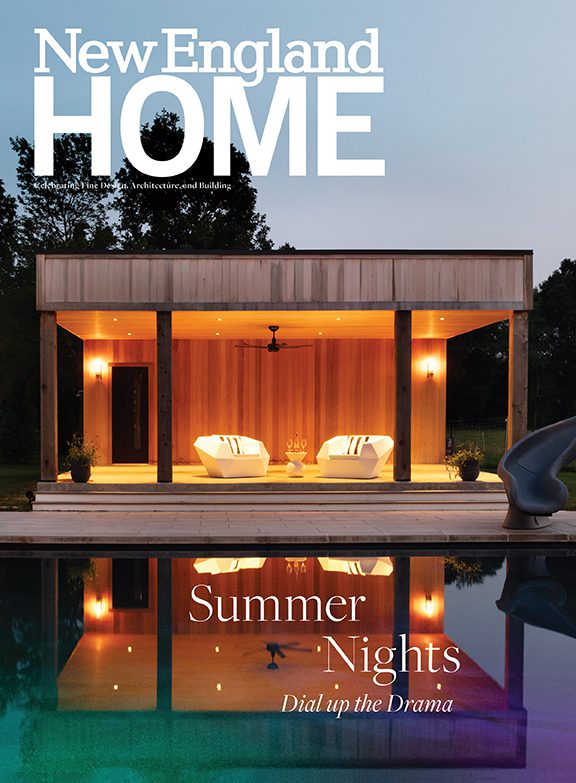
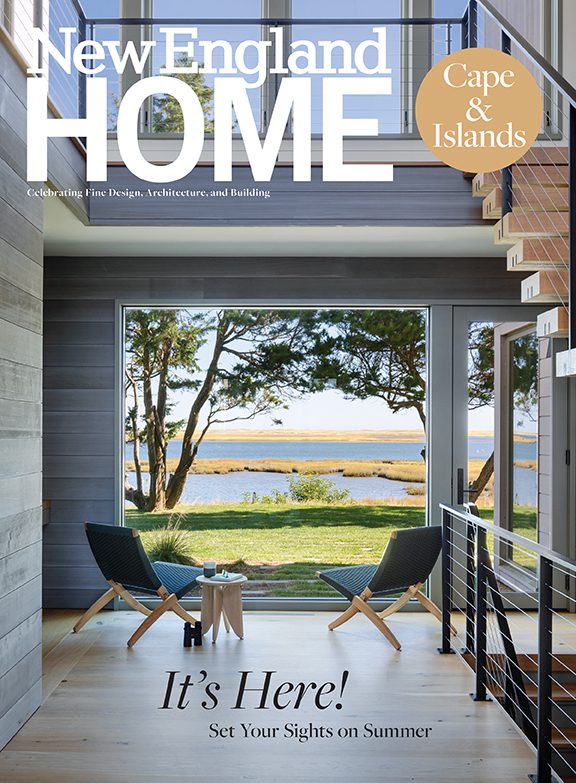
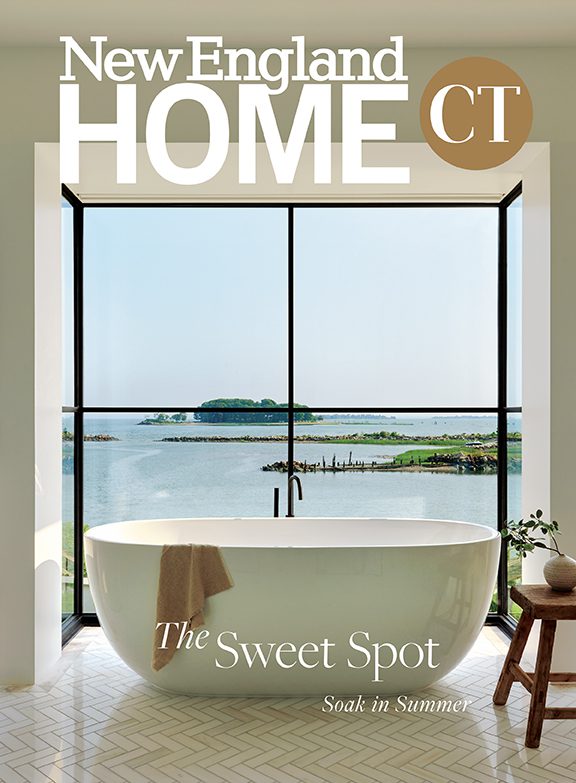


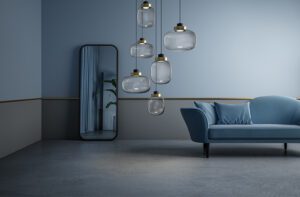
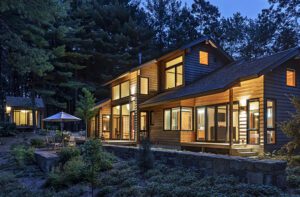
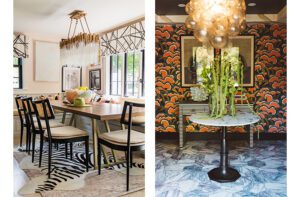
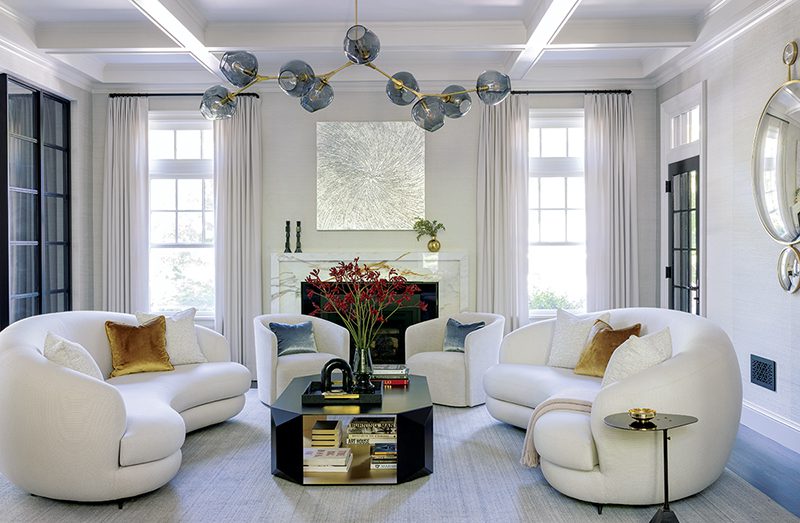
You must be logged in to post a comment.